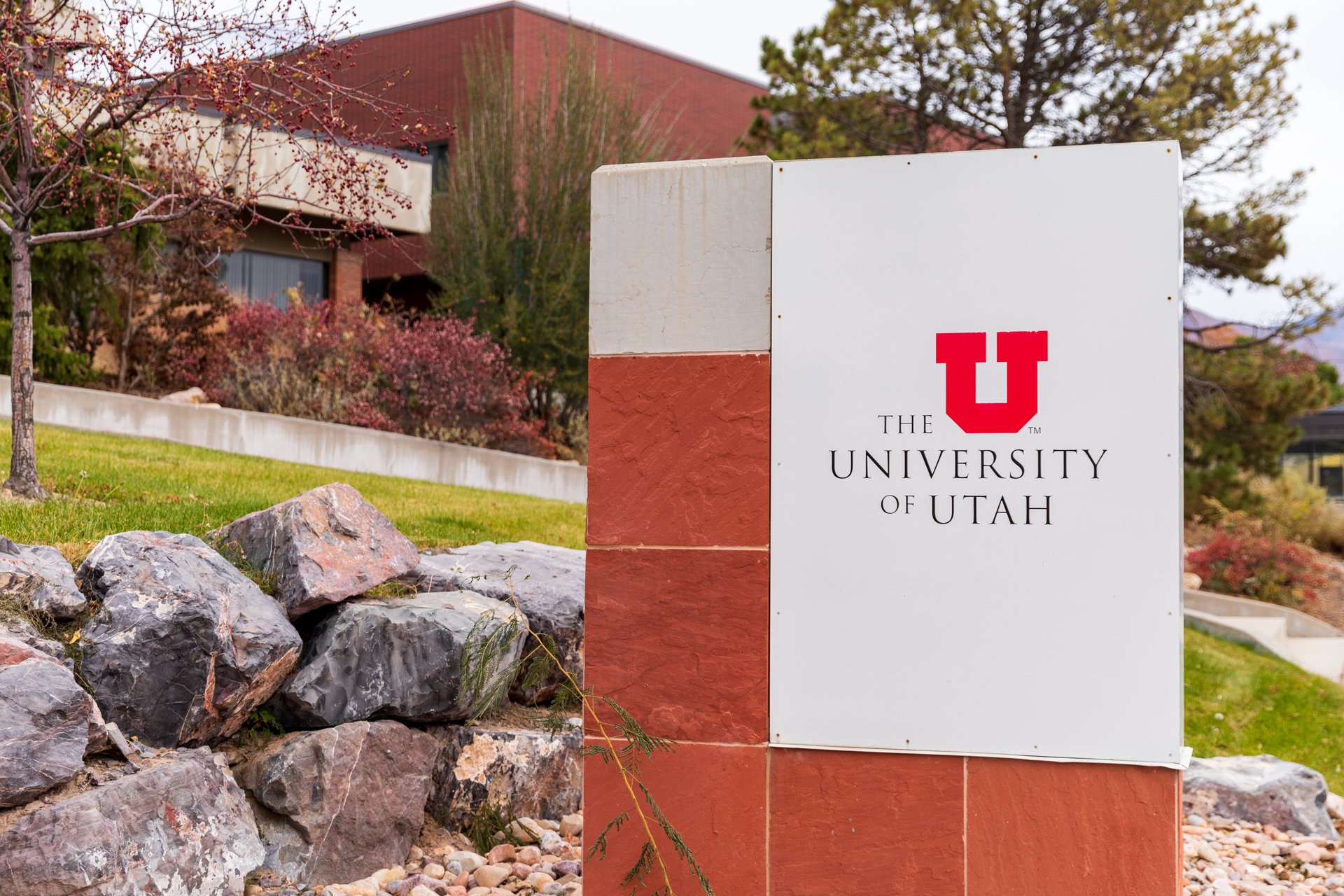Good morning! Thanks for spending part of your day with Extra Points.
You can subscribe to Extra Points, which is totally free and comes out (usually) twice a week, right here. Your subscriptions make this newsletter project possible:
I’ve been trying to wrap my head around the NCAA’s decision on Monday evening to grant an extra season of eligibility to senior spring sport athletes.
You probably know the essentials of what this plan allows, but in case you haven’t, the gist of it, as I understand,
Allows any athlete who lost their spring senior season due to Covid-19 cancelations to get an extra year of eligibility. Winter sport athletes, even those that lost their chance to compete in the postseason, do not get that opportunity.
Schools are free to offer less than their previously agreed upon scholarship amount, should their budget situations require. So if a softball player was on a full-ride, for example, a school could say they could come back, but only on a half-scholarship. A school could decide to welcome an athlete back without giving any scholarship at all.
Schools can “oversign”, or exceed the scholarship limit, to retain seniors. Baseball teams can go over their roster limit to retain seniors.
I’m from the midwest, so I don’t follow college baseball too closely. My understanding is that baseball team rosters are unlikely to explode too much, since many teams don’t carry that many seniors and it isn’t clear what schools are going to be willing to really spend big on baseball when other expenses are coming (more on this in a minute), but being able to extend that roster a bit should be an advantage. I’d wager that programs in the SEC, or Conference USA, or the Pac-12 that really take baseball seriously will be more motivated to raid the couch cushions to find those extra roster spots than maybe somebody in the Big Ten or Missouri Valley.
If my SEC Twitter followers are correct, Vanderbilt will somehow field a baseball roster with 4,318 players on it. Neat! As long as none of them whistle, I won’t complain.
Generally speaking, I think NCAA membership made the right decision here. While some commentators and athletes called for such eligibility privileges to be extended to winter sports, those kids did get to play their entire regular seasons. Extending extra eligibility to everybody would open a massive logistical can of worms that probably couldn’t be effectively managed, given the expedited timeline member institutions need to work on right now. Giving it to seniors, on paper, gives school flexibility, while also doing the right thing for the athletes.
But how many athletes will get to utilize this?
I honestly don’t know! Take it from a guy who graduated from college in 2009, nobody wants to graduate in the middle of a recession. It sucks, and I don’t recommend it!
For folks who…sorry…are likely to go pro in something other than sports, would you want to prolong heading into the workforce by staying in school an extra year, even if you aren’t likely to be a major athletic contributor? How many schools will cry poverty and try to get out of offering similar amounts of athletic aid? How many coaches will try to encourage players not to come back?
The concern about spending is a real one, given that everybody is about to get a much smaller check from the NCAA, and schools are starting to model how they’ll pay the bills if they have to live in a world without college football.
I wonder what schools are going to take a more holistic look at their accounting when deciding how generous to be with athletic scholarships. The schools that are commonly thought to be more at risk of financial disruption, your smaller private schools, are probably ones that will really want to grow enrollment heading into 2021. As economist Andy Schwarz notes here, a great way to do that is to sponsor sports programs! If you cut a kid’s partial scholarship, and he doesn’t go back to school, and you don’t fill that seat with another paying student, your athletic department expenses may go down, but your university lost money.
But that doesn’t mean schools won’t consider doing just that. Collegiate Consulting notes here that they’ve already talked to multiple schools about cutting sports or scholarship spending. Whether that is always the most financially savvy decision or not, I expect more schools to follow.
So I don’t know how many schools will be as generous with scholarship aid as they were before. I’m not sure how many athletes are going to take advantage of this. And I’m not even totally sure how this ruling fits in with their academic plans, at the moment. If you’re a senior who is on track to graduate, and you want to play sports next season…do you enroll in graduate school? What if you don’t get in, can you graduate transfer somewhere else? Do you delay undergraduate graduation?
Travis Smith, of Higher Ed Athletics, says:
I’m not sure how this all works out yet in practice. Maybe it ends up being less generous in real life than it does on the press release right now. Maybe not. But it’ll be worth tracking.
How does this impact college football?
College football isn’t a spring sport, but this ruling could still have a significant impact.
Those involved in discussions surrounding Monday’s vote understood that whatever decision was reached would set a precedent. Universities aren’t even sure they will be able to start classes on time next fall, let alone whether a full fall sports season can take place. If the Council had voted that schools must match scholarship costs for all spring-sport athletes, those schools could have potentially put themselves on the hook for 85 football scholarships alone if the coming season were to be affected. But if athletic administrators support the idea of eligibility relief while maintaining financial flexibility — where they can tell certain seniors they will offer little or no financial assistance if they want to return — that’s an easier pill to swallow moving forward, too.
The idea of this decision establishing precedent seems pretty important!
The odds of Covid-19 disrupting this college football season, in some capacity, seem pretty good to me. Maybe that means the games are played as scheduled, but we won’t have 75,000+ fans at every game. Maybe that means the schedule is abbreviated or moved. Worst case scenario and I really hope it doesn’t come to this, the season could be canceled.
If it’s canceled, and spring athletes got extra eligibility, then it would make sense that fall athletes should get the same privilege, only that could be a lot more expensive, and a lot more logistically messy, than spring. By giving schools the option to offer less scholarship aid, they’re giving themselves additional flexibility heading into the fall, in case schools need to do this again.
My understanding was that Monday’s vote was by no means a 100% sure thing, and that the concerns didn’t completely fall along big school/small school lines. There were small conferences willing to grant eligibility, and P5 conferences that were more warry. Nicole made this explicitly clear in her story:
In fact, multiple Power 5 conferences opposed the idea of matching the aid that seniors received this year for those who want to return for an extra year in 2020-21, multiple people with knowledge of the situation toldThe Athletic. They took that stance despite the fact that their schools bring in more revenue than those that don’t sponsor big-time football; the fear of a fall without football (and football money) is clearly driving certain decision-making. Some smaller Division I conferences did support matching aid across the board. It was not a case of big schools vs. little schools, with the bigger-budget places the only ones willing to absorb the costs.
A fall without football could have disastrous financial implications, and schools want the flexibility to address it
Not having that full NCAA Tournament check hurts a lot of schools, but all but the most destitute will probably be able to budget around it. Not having any revenue from spring sports stings, but schools also might save money from not having to travel, and most programs can survive that as well.
But not having football, and thus, not getting football broadcast money, not having football ticket sales, or football parking fees, or football concessions, would be massive for nearly everybody in D1. And that’s just on the athletics side. If we can’t have football in the fall, I feel pretty confident in predicting that enrollments will decline, alumni giving will decline, and schools will face revenue crunches on multiple levels.
Facing that environment, I’d expect schools to do everything they can to try and control costs right now. That means hiring freezes. That means not firing coaches and paying hefty buyouts. That means delaying facility improvements or new construction. And that means doing everything they can to give themselves the flexibility to not pay for something in the fall, worst comes to worst.
Now, you might argue that perhaps those balance sheets wouldn’t look quite so terrible had schools not done things like pay dozens of millions of dollars in buyouts, or build waterfalls in the locker rooms, or give half-million-dollar contracts to nearly every on-field coach on the football staff, or a slew of other things. And I’d say you’re probably right, even though many of those schools still had incentives to participate in that seemingly irrational spending behavior.
But here we are. This outbreak is going to wreak havoc on nearly every industry in the country, outside of Nintendo Switch sales and streaming video, I guess. That will unquestionably include college athletics.
When it does, I hope that the kids won’t be the ones holding the bag. Right now, it looks like the NCAA took one step to help prevent that from happening.
But we’ll have to see what this looks like in practice come next spring.
Thanks again for supporting Extra Points. Your readership, your comments, your tweets, your subscriptions, and your engagement allow for this project to continue. Questions, comments, story ideas, hot tips, and scholarship offers can be sent to [email protected], or to @MattBrownEP on Twitter dot com.

















